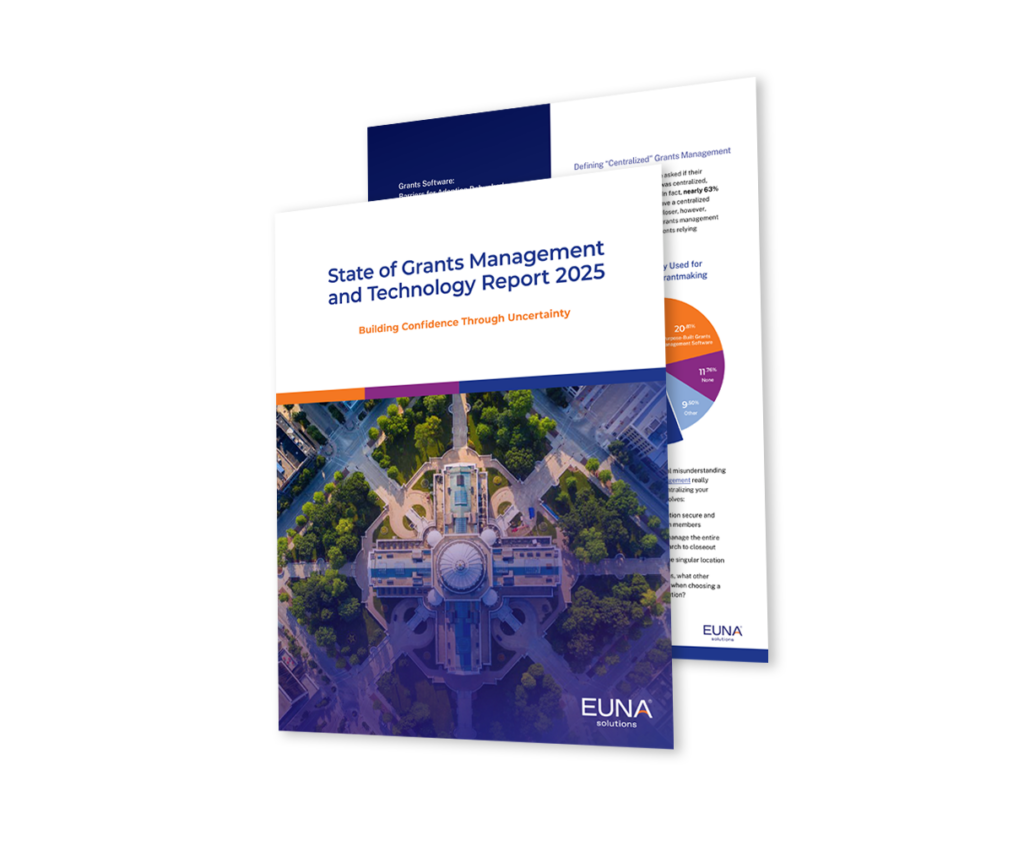Have you noticed a shift? Public agencies are getting back to business in 2021 and procurement teams are feeling the pressure to post more bids and complete more projects this year. But COVID-19 has changed the world of procurement—possibly forever. What does that mean for how public procurement departments work, collaborate, and plan for the future?
Our 2021 State of Public Sourcing report is here to answer those questions and more with a deep dive into the Bonfire database. We analyze the key trends and challenges that are driving procurement priorities and strategies right now. Our analysis examines data from approximately 400 U.S. public organizations that use the Bonfire eProcurement platform, comparing metrics from 2019, 2020, and 2021 over a 6-month period (January through June) of each year.
Keep reading for the top three insights from this year’s analysis and be sure to download the full report for findings and guidance you can use to inform your procurement strategy.
1. Projects and RFPs are back on track
If you work in public procurement, you don’t need us to tell you that project and RFP counts plummeted from 2019 to 2020. The pandemic forced you to put many plans on pause to address emerging priorities like sourcing PPE and setting up COVID-19 testing sites.
The good news? In 2021, we’re seeing a resurgence of projects verging on pre-pandemic numbers. This can be explained by a number of significant shifts, including a mass return to the office, continued stimulus funding from the American Rescue Plan, and Biden’s proposed $1.2 trillion infrastructure package—all of which are making it possible to pursue more complex projects.
Here are some of the key project-related trends that are impacting public agencies right now:
- In the first six months of 2019, organizations were putting out an average of 11 RFP projects. That number dropped to 8 by 2020, but bounced back up to 11 within just six months.
- In 2020, healthcare was the only sector to see an increase in projects—and it was significant, with project counts skyrocketing 117%.
- Looking into 2021, K-12 and Special Districts both have higher project counts than before the pandemic, increasing by 49% and 13% respectively.

2. eProcurement adoption continues to rise
With projects and RFPs bouncing back to pre-pandemic numbers, it’s worth asking: are agencies going back to pre-pandemic ways of working too? When we look at the number of eProcurement users, the answer is clear. Times have changed. Public agencies are embracing digital transformation and rethinking procurement processes to incorporate streamlined, digital-first practices.
Here’s some key evidence of eProcurement’s continued growth:
- Even though project volumes dipped in 2020, there were close to 50% more logins to the Bonfire platform than ever before.
- Not only did people log in more, but agencies expanded the use of eProcurement to a broader set of buyer groups within the agency.
- Vendor and supplier registrations jumped by over half between 2019 and 2021.

3. Agencies are diversifying and widening their vendor pools
Public agencies are shifting their strategies for a post-pandemic world. And one significant way they’re doing that is through their vendor pool. Bonfire data shows that agencies are widening their network by sending out more vendor invitations. And they’re also seeking out more diverse, local, and small businesses to partner with.
By tracking vendor diversity in Bonfire, buyers can quickly and easily gain increased visibility into the participation of diverse vendors, including small and medium-sized businesses and those owned by historically disadvantaged or marginalized groups. Diversifying and widening the vendor pool is a strategic move because it allows agencies to increase competition, mitigate supply chain issues (which continue to be a critical challenge during the pandemic), get the most value for taxpayer dollars, and support social procurement policies.
Our analysis uncovered these insights pointing to agencies’ increased attention to vendor diversity and relationships in 2021:
- Agencies have doubled the average number of registration fields they use to track vendor diversity within Bonfire.
- At least 10% of buyers are tracking vendor diversity in Bonfire.
- The percentage of vendors that identify as small, disadvantaged, and/or minority owned has increased in recent years.
- Agencies are also sending out twice as many vendor invitations in 2021 than they were in 2019.

Get more insights to accelerate your strategy
In 2020, public agencies pivoted to tackle emergency projects and keep their communities safe. Now, halfway through 2021, it’s clear that procurement teams are back to pre-pandemic levels of business—but it’s not business as usual. Agencies are advancing new priorities, strategies, and goals, and they’re planning for a world that looks a lot different than it did in 2019. The pandemic will continue to impact life for years to come, but our latest State of Public Sourcing report shows that public organizations are already integrating its lessons to plan for a better future.
Get more insights to help your public procurement team get back to business. Download The State of Public Sourcing: Fast and Focused.

